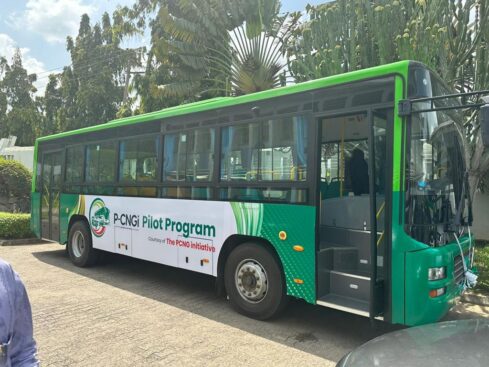Nigeria’s unemployment rate climbed to 5.3% in the first quarter of 2024, up from 5% in the third quarter of 2023, according to the National Bureau of Statistics (NBS). The rise is largely attributed to the ongoing economic challenges facing the country, which have led to increased operational costs for businesses, forcing many to either collapse or downsize.
The NBS data revealed that unemployment in urban areas was higher, reaching 6%, compared to 4.3% in rural areas. Young people, aged between 15-24 years, had an unemployment rate of 8.4%, showing a slight improvement from 8.6% in the previous quarter. However, the percentage of youths not in education, employment, or training (NEET rate) increased to 14.4%, a rise from 13.7% in Q3 2023. Female youth faced higher challenges, with a NEET rate of 15.9%, compared to 13% for their male counterparts.
The statistics also shed light on working hours across the nation, showing that 1.5% of employed Nigerians worked less than 9 hours a week, 4.8% worked between 10-19 hours, while a significant 46% worked 48 hours or more per week.
Nigeria’s economic woes are further aggravated by inflation, which hovers around 30%, and food prices that have risen sharply. The price of rice alone has surged by 35% over the last year. The government’s decision to remove fuel subsidies has worsened the crisis, causing petrol prices to triple, adding to the financial burden faced by Nigerians.
Despite attempts to mitigate these difficulties, such as cash transfers to low-income households and efforts to regulate food prices, corruption and insufficient infrastructure have hindered progress.
The informal sector continues to dominate Nigeria’s workforce, with 77.6 million individuals—92.2% of the employed population—engaged in informal jobs as of 2023. Kano State had the highest concentration of informal workers, with 5.2 million people involved.
In 2023, the working-age population reached 116.6 million, making up 53.8% of Nigeria’s total population. Women accounted for 52% of this group, while men made up 48%. The annual Labour Force Participation rate stood at 76.3%, translating to 88.9 million active participants. Bauchi State recorded the highest labour force participation rate at 92.3%, while Ekiti State had the lowest at 63.4%.
As Nigeria grapples with these economic challenges, the rising unemployment rate and the increasing NEET rate among youth pose serious concerns for the nation’s future stability and growth.










